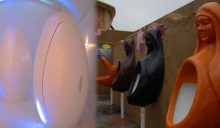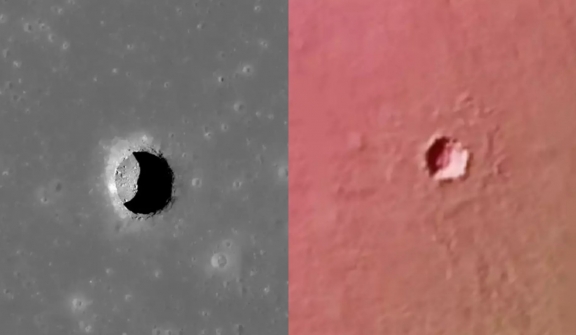
Scientists have recently made an intriguing discovery on the surface of Mars that could provide clues.
In 2022, NASA's HiRISE (High-Resolution Imaging Science Experiment) camera captured images of a mysterious hole embedded in the Martian landscape.
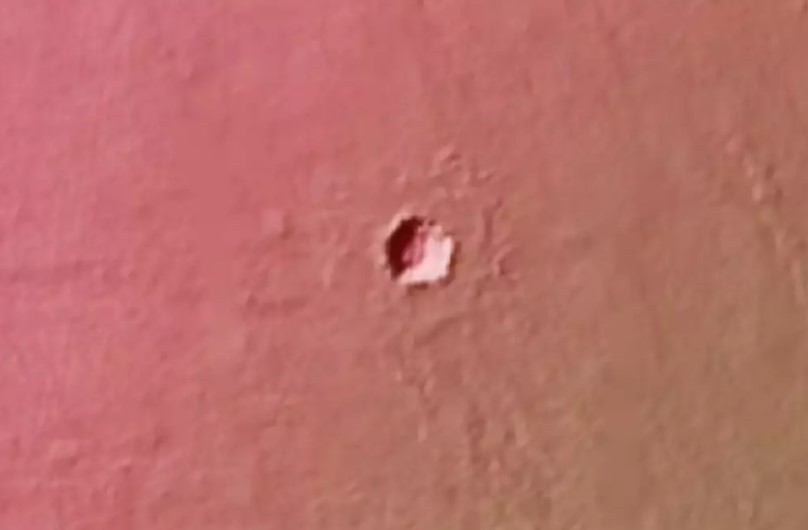
Unlike Earth, Mars presents a rather harsh environment for life.
With an atmosphere just 1% as dense as our own and a complete lack of a protective magnetic field, the conditions on the Red Planet are quite inhospitable.
However, this newly discovered hole may represent a rare oasis where ancient Martian lifeforms could have taken shelter.
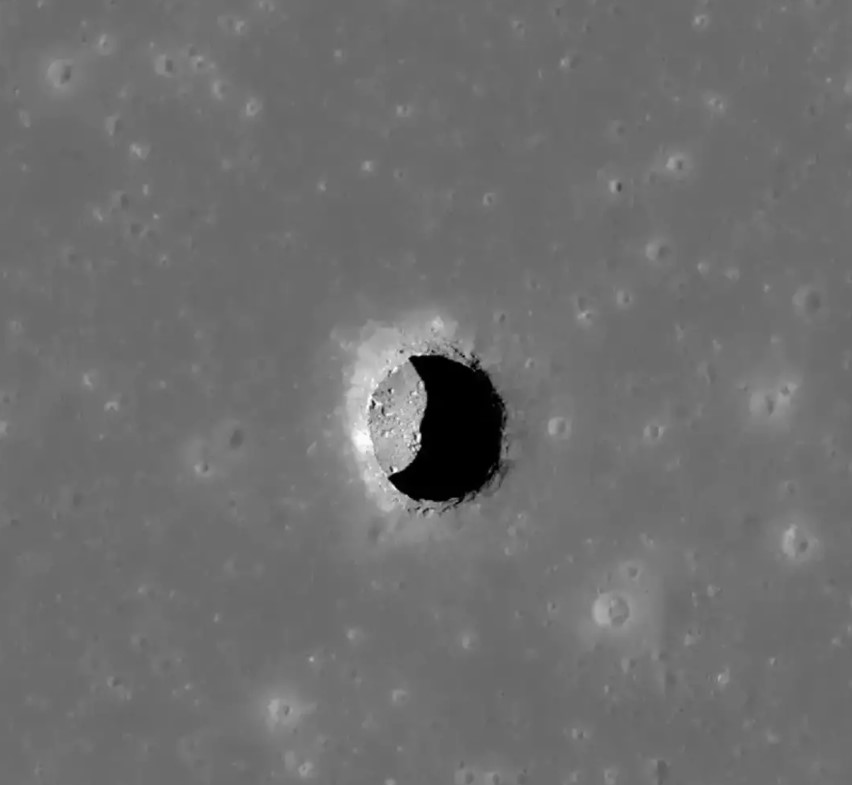
The crater-like opening is approximately 150 feet (45 meters) across and sits on the edge of the ancient Arsia Mons volcano.
Scientists are currently unsure of the hole's exact origins or depth, but they believe it is likely connected to the nearby volcanic features.
According to Brandon Johnson, a geophysicist at Purdue University, these crater-like openings are of great interest because they may allow access to an extensive network of underground lava tubes and caves.
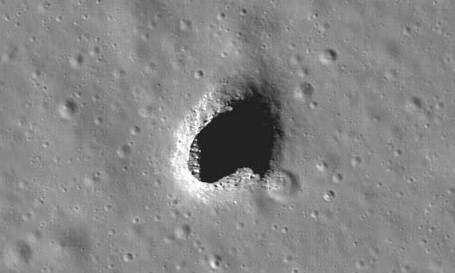
Such sheltered spaces could have offered refuge for any primitive lifeforms that may have existed on Mars in the distant past when conditions on the surface were more hospitable.
Additionally, these subsurface caverns could protect future human explorers from the intense radiation and solar storms that bombard the Martian surface.

If this is true, the holes could lead to a large system of caves and tunnels beneath the surface. The conditions on the Martian surface are very harsh.
So these protected spaces underground could have been a safe place for simple life forms to live in Mars' ancient past.

While no specific plans have been issued yet, Johnson confirms that proposals have been made to send robotic probes to explore the interiors of these Martian sinkholes.
Lowering a robot down into the depths could reveal startling insights about the planet's geological history and possibly even signs of long-extinct Martian life.
This groundbreaking revelation was made possible by the NASA Mars 2020 Perseverance Rover, which has been exploring the planet.
Specifically, scientists have been focusing on the Jezero Crater, a 28-mile-wide area believed to have once contained a lake connected to a river.
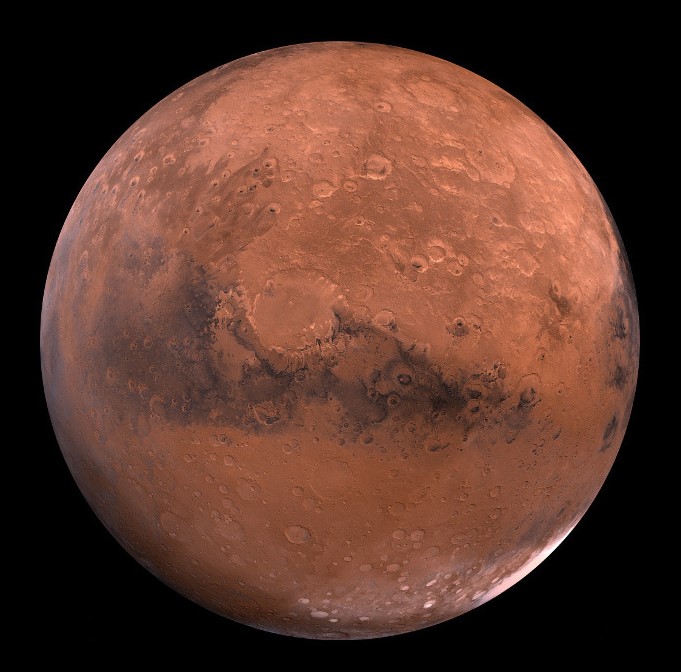
Samples collected from this region suggest that Mars was once home to water, which could have made it habitable for life.
However, researchers note that more research is needed to determine the formation process of the Martian surface and the presence of life on the planet.
The Perseverance Rover has provided important information about Mars' geological history and has collected samples to be analyzed further on Earth.


